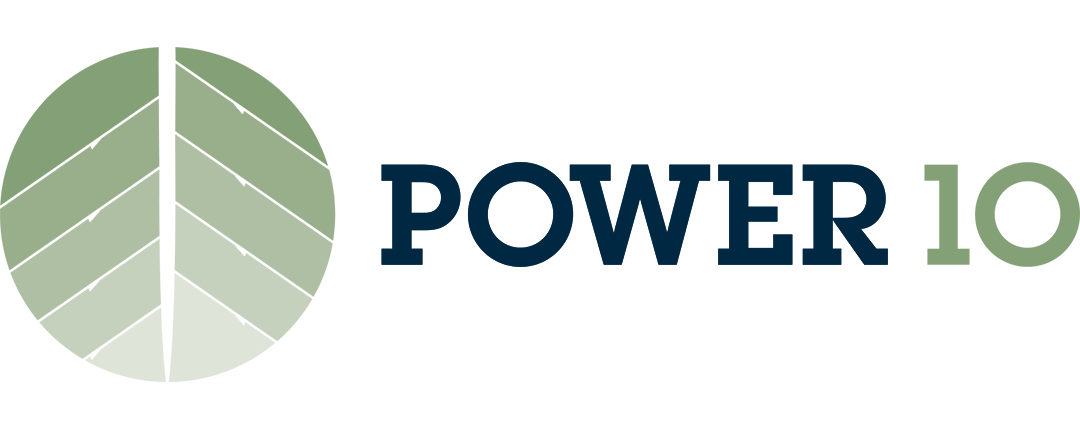
13 Oct Work Your “Core” and You’ll Be Ready For Action
 Work Your “Core” and You’ll Be Ready For Action
Work Your “Core” and You’ll Be Ready For Action
[Re: A turnkey plan to develop stronger relationships with your Top 25-50 members / investors]
Any personal trainer will tell you to work your “core” – your abdominal and lower back muscles – during every workout. Core strength is critical. Why? Because these muscles are required for any substantial physical effort. The stronger your abs and lower back are, the greater will be your capacity to move, lift, run, jump AND prevent or quickly recover from injury.
For nonprofit executives, the strength of your relationships with your Top 25 members / investors is analogous to physical core strength. These individuals are your core. They are central to your ability to thrive and survive. With the input and support of your Top 25, you can implement new programs, respond to opportunities and stand strong in the face of political or other challenges. By contrast, a weak or uncertain “core” set of relationships will leave a nonprofit executive vulnerable.
And yet, our interactions with top prospects in the course of running capital campaigns reveal that a surprising number of executives leave development of relationships with their Top 25 members / investors to chance – or at best, they make sporadic efforts.
Wouldn’t a structured, consistent approach be better?
We think so. As with building physical core strength, it takes focus and consistency to build productive relationships with “core” / Top 25 investors / members. If you are not currently employing a structured approach, we recommend the following or some hybrid thereof:
Schedule and conduct a 1-hour update / input session with a member of your top 25 at the same time on the same day (Friday is best) every or every other week (25-50 / year).
Imagine sitting down with these individuals one-by-one, briefing them in a structured way on your plans and progress, AND THEN stepping back and asking for their opinion and advice.
At POWER 10, we conduct similar meetings during our campaigns to great effect. We have found that such meetings inevitably “move the ball” – they increase engagement, strengthen the relationship, and often uncover excellent advice because we are speaking with CEO’s and CEO-types who are smart, highly capable, and have sharp business minded recommendations.
Process Details
- Identify Top 25. Develop a list of your Top 25 most important members / investors based on their perceived current / future ability to impact your organization. And if you’d like to do an interview every week, shoot for 50+ names.
- Establish time slot. Establish a set day / time for your meetings each week and keep this time sacred – we like Friday office meetings from 8-9AM or 9-10AM. Why Fridays? We have found that top leaders prefer to put off their less-than-urgent meetings until the end of the week – and folks are generally in a good “TGIF” mood on Fridays.
- Send formal invite. Send formal / written meeting invitations to your Top 25-50 investors / members requesting the meeting (at their business location) and providing a couple of date options. Mention that you would like personally to update her or him on your organization’s progress / plans AND ask for their input. In the invitation, request a 1-hour time slot, but promise to limit your meeting to whatever time they have available. Offer to bring boxed meals to their place of business if you request a breakfast or lunch meeting.
And for the nonprofit executives and fundraisers reading this, IMAGINE requesting a meeting for a purpose other than asking for money. What a concept!
- Prepare and use an agenda. ALWAYS use a printed agenda and hand one to the member / investor at the start of the meeting. Agendas focus the mind on the topics that should be covered, the sequence, and the outcomes to be achieved. Follow the discussion flow mentioned earlier:
- Where We Are (Present)
- Where We Are Going (Future)
- What Do YOU think?
- You CAN actually use the previous three bullets on your agenda, but be sure to provide specific content under each category. For example, under “Where We Are Going,” you might write: “Three Primary Initiatives” and then list them out. The agenda will function as a “leave behind,” so be sure to include content you’d like the individual to remember.
- Follow up. Immediately upon your return to your office, do any follow up needed from the meeting – send a thank you, add information to your CRM, invite the member / investor to your social media platforms, etc.
In-Between-the-Lines of the Agenda
The discussion should include YOU learning more about the member / investor (or prospect) – the individual himself or herself, their business, their family, etc. The better you understand them and their personal /professional aspirations, you will more easily see connections to your organization’s work and the possibilities for a strengthened mutually beneficial relationship.
Outcomes / Results
Will one of these meetings “move the ball” for you and your organization? The answer is somewhere between “maybe” and “probably.” But imagine the COMPOUND EFFECT of doing these meetings every single week or every other week. Think of what you will learn, think of all of the help you can provide to the interviewee (potentially) and to your organization, and then add in all the subsequent less formal contact you will have with this individual that will only further the relationship.
If you take this proactive approach, when the next challenge or opportunity presents itself, your “core” strength – the strength of your most important relationships – will no doubt be ready for action.


Sorry, the comment form is closed at this time.